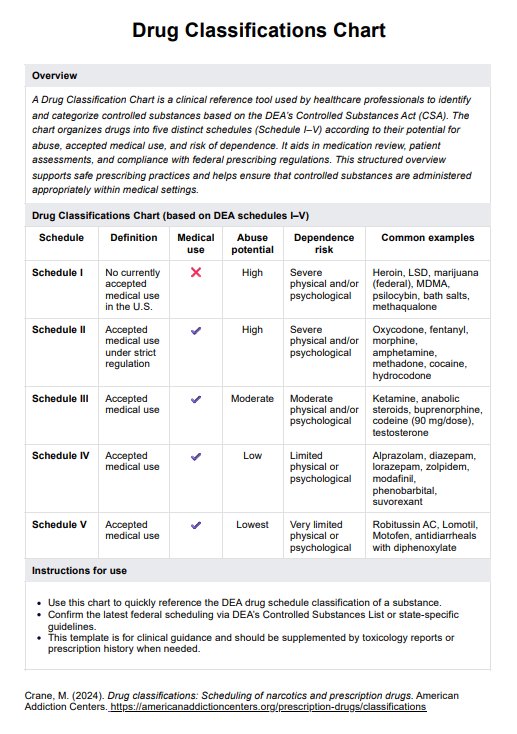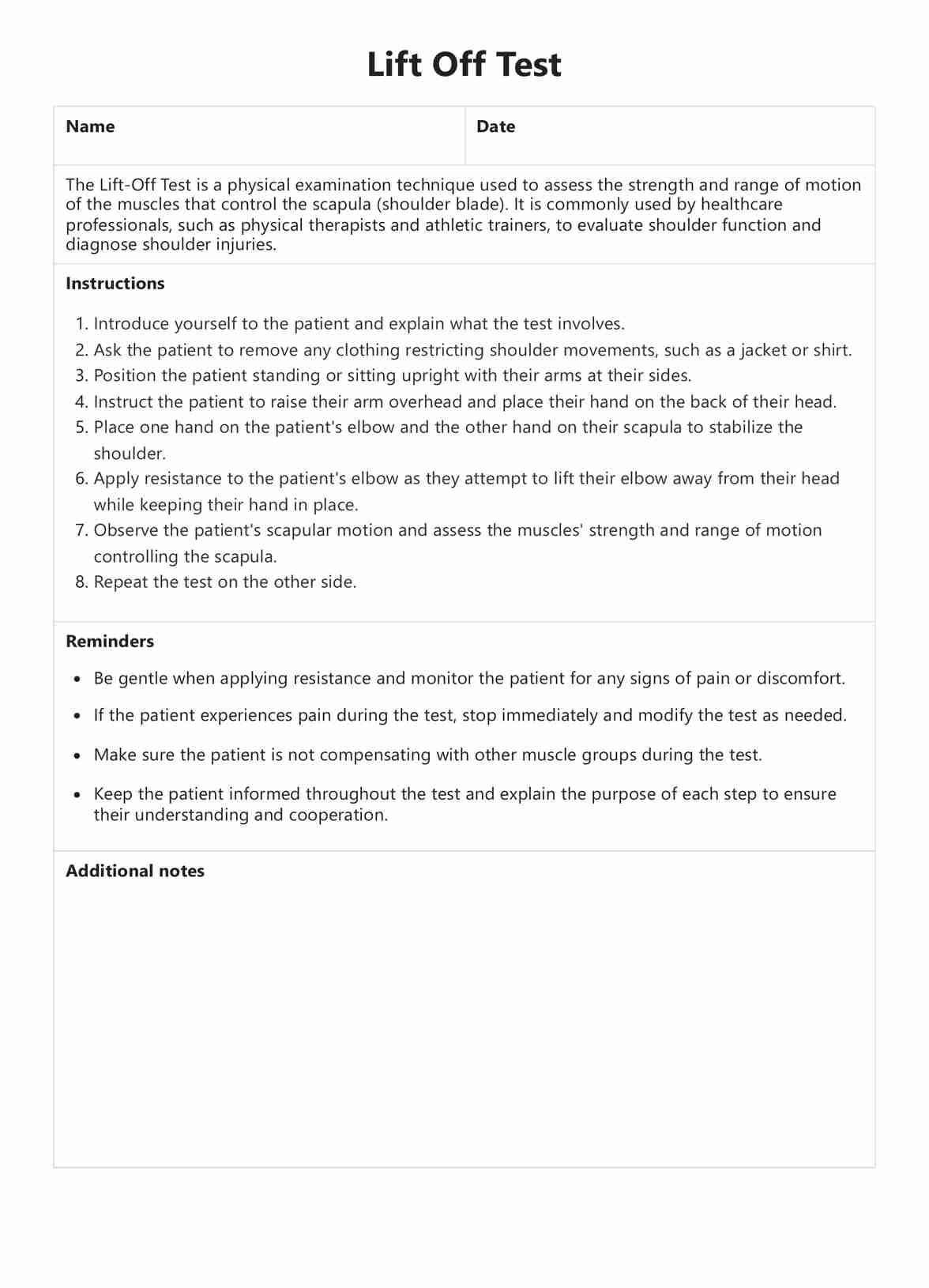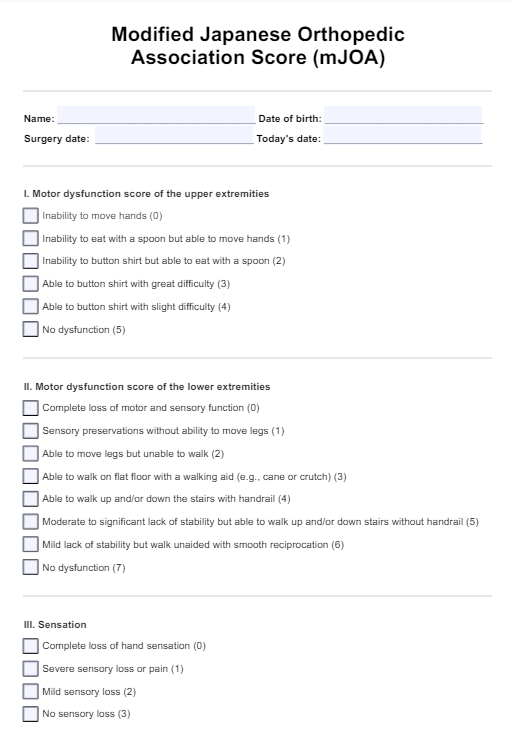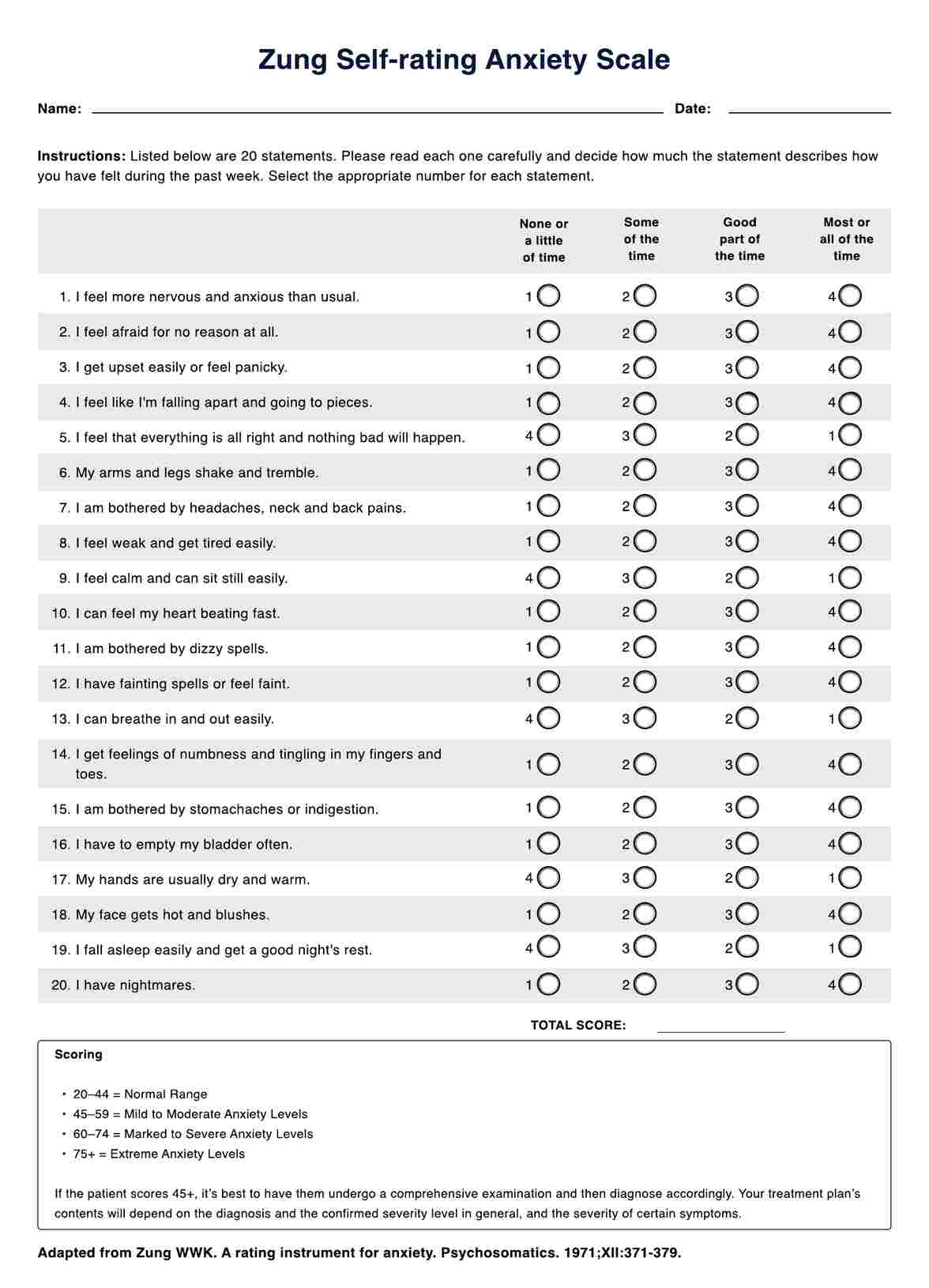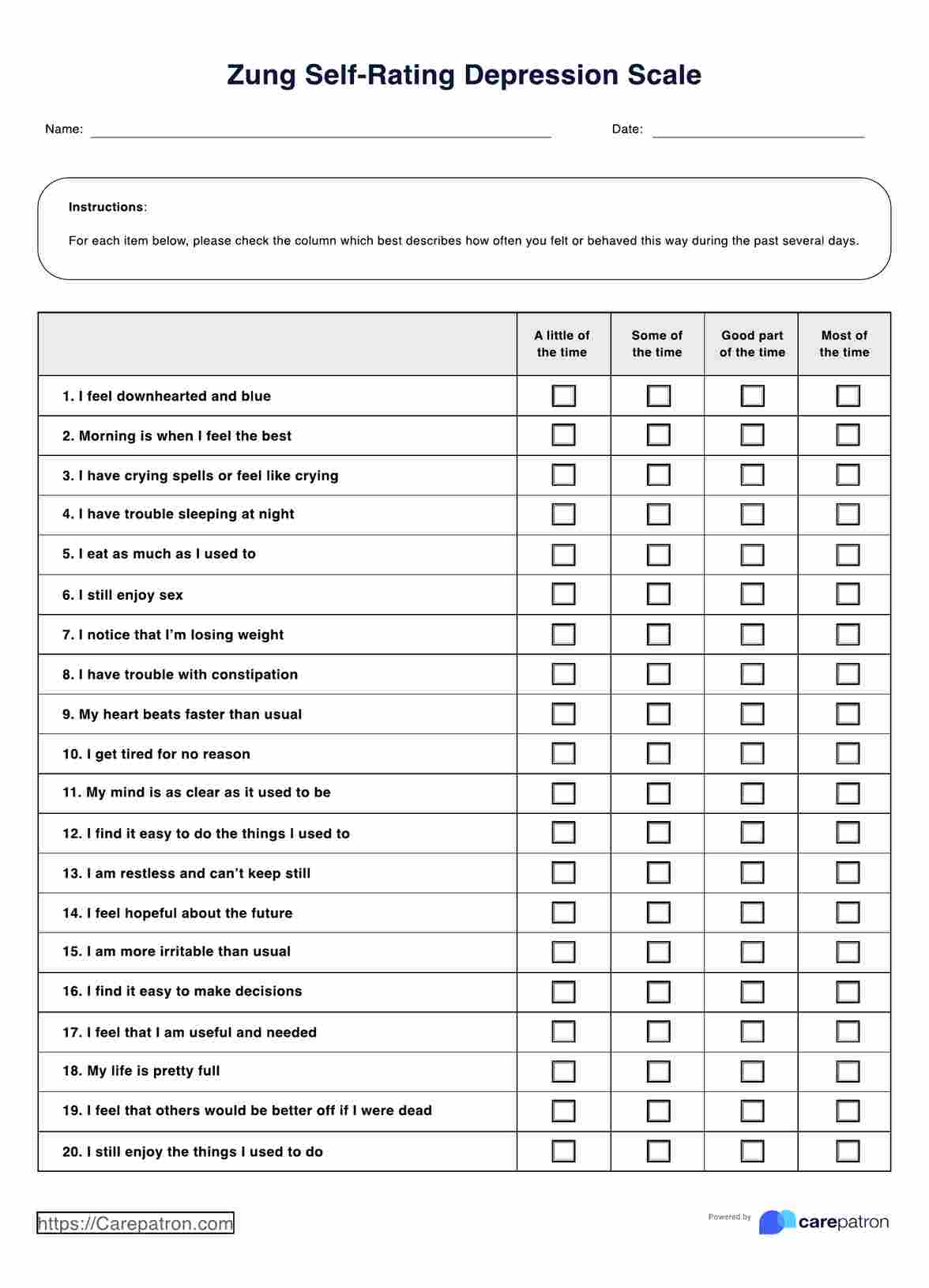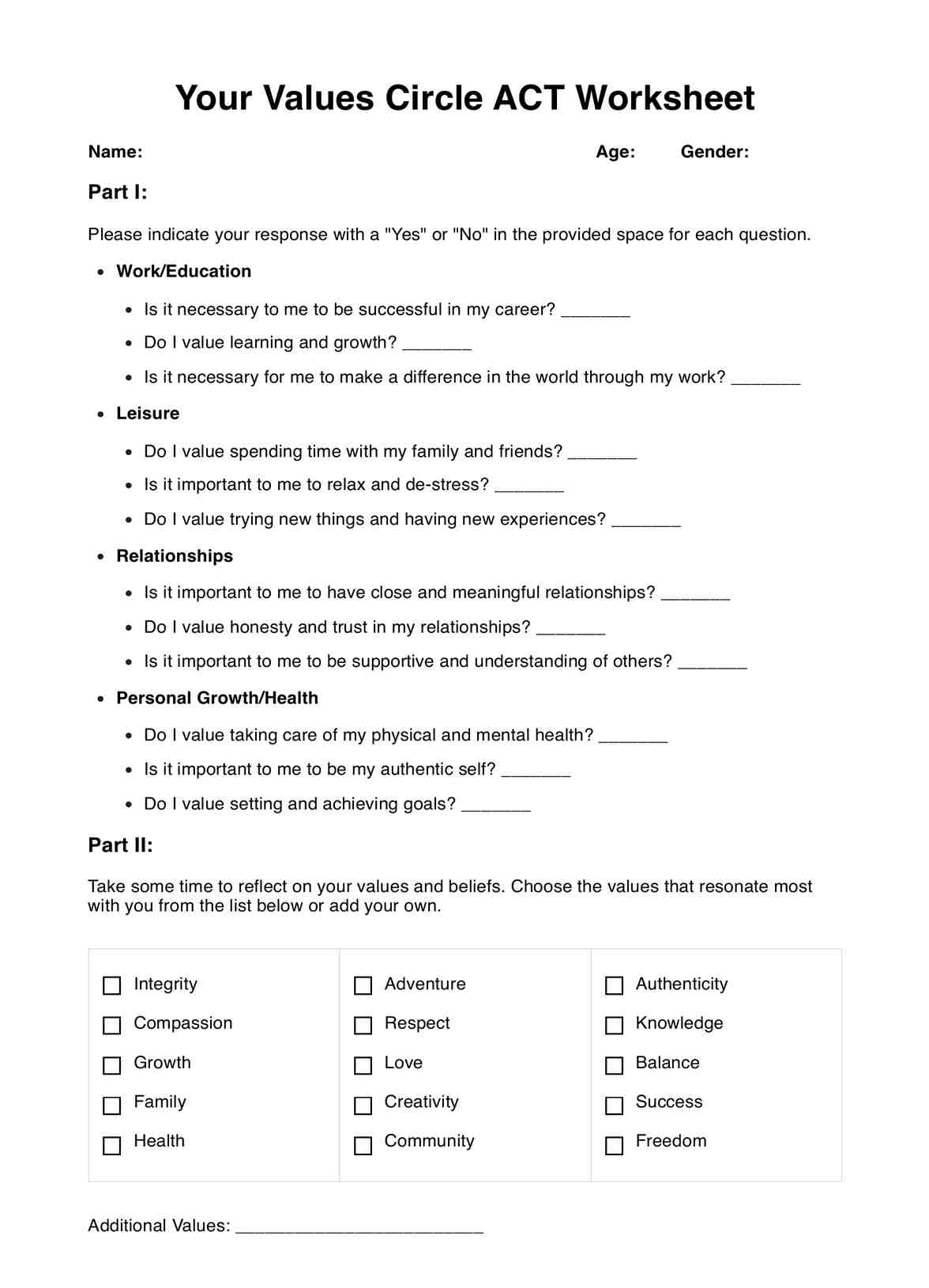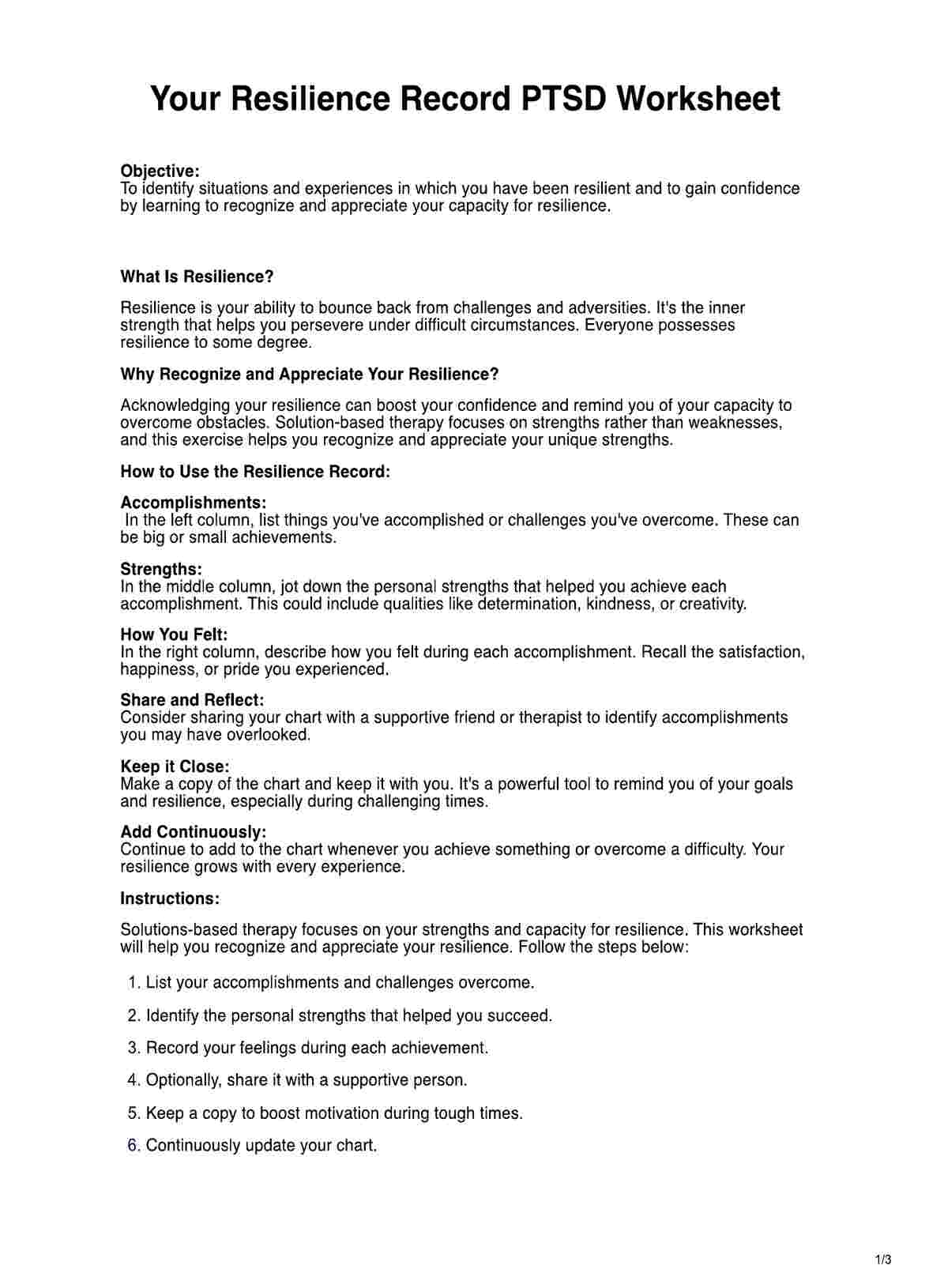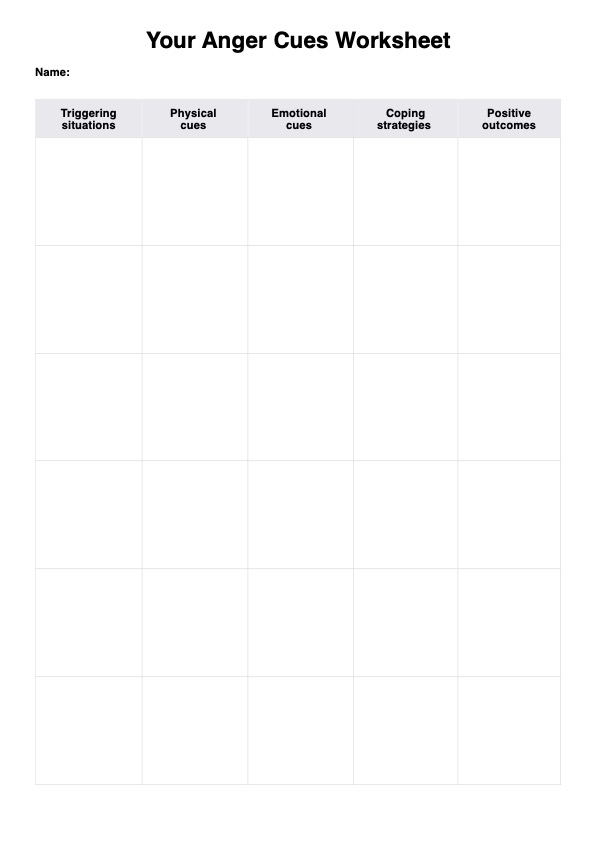A high BUN level usually means your kidneys aren't filtering waste properly, which can be due to dehydration, high protein intake, or kidney issues. It can also be linked to certain medications or conditions like heart disease. A doctor can help determine the cause based on your overall health.
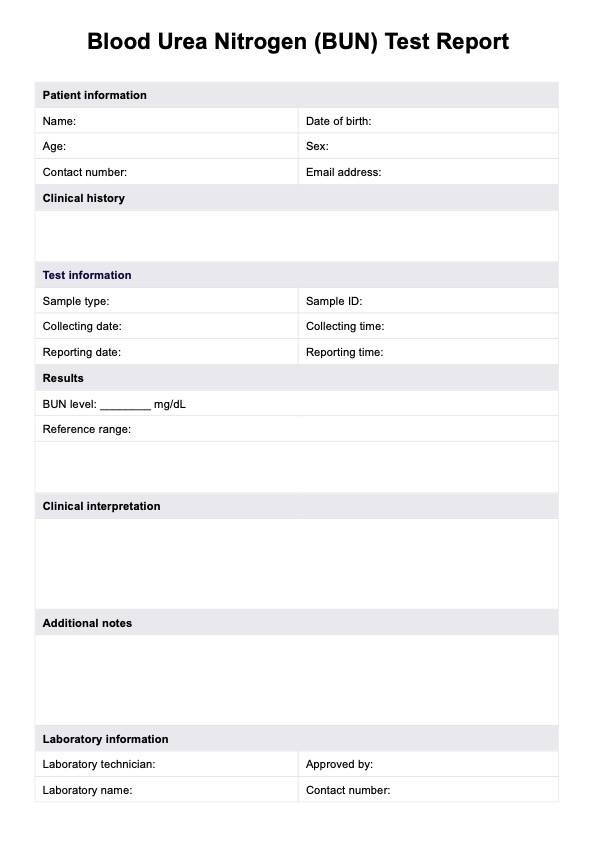
BUN
Easily document and interpret results with this BUN Test template. Access it for free and ensure a clear, structured format for accurate reporting.
BUN Template
Commonly asked questions
Normal BUN levels typically range from 7 to 20 mg/dL, but this can vary slightly depending on the lab and individual factors like age and health. If your levels are outside this range, a doctor can help interpret what it means for you.
Yes, a high-protein diet can increase BUN levels because your body produces more urea when breaking down protein. This doesn’t always indicate a problem, but consistently high levels might suggest your kidneys are working harder than usual. Limit high protein foods and if needed, switching to a low-protein diet under medical guidance can help manage BUN levels.
EHR and practice management software
Get started for free
*No credit card required
Free
$0/usd
Unlimited clients
Telehealth
1GB of storage
Client portal text
Automated billing and online payments


